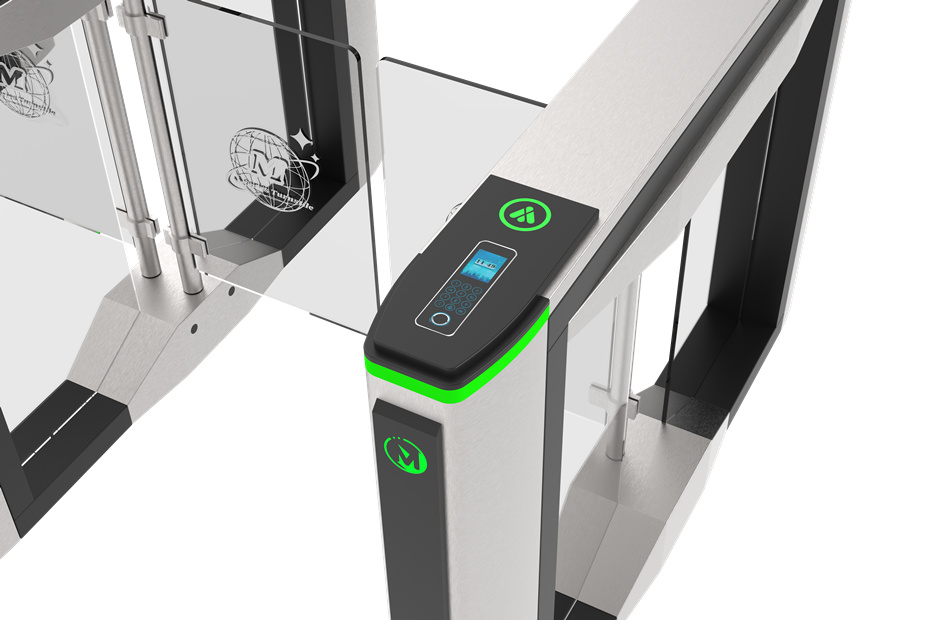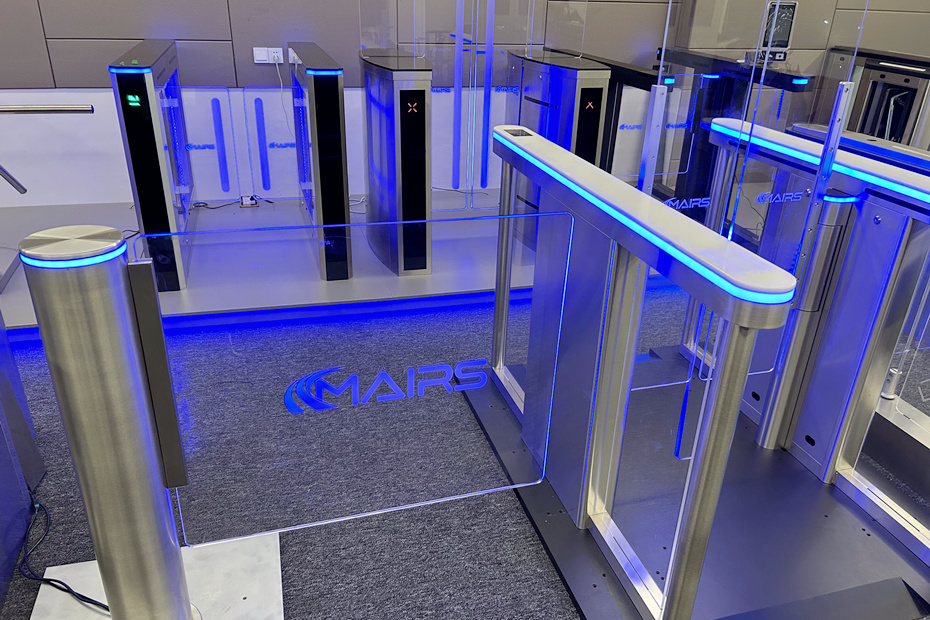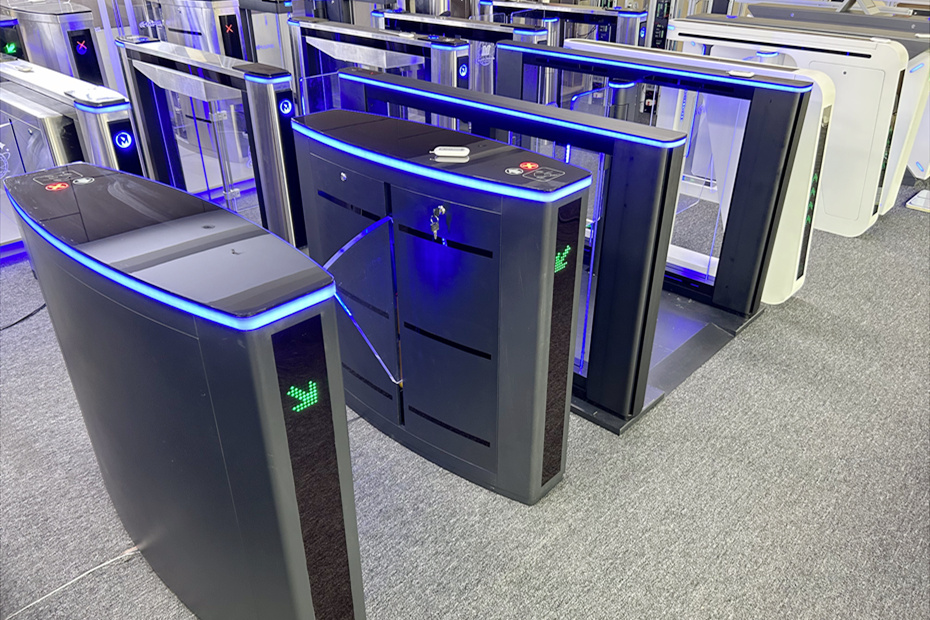Last updated on: December 20th, 2024 17:23 pm
What is a fingerprint turnstile:
Fingerprint turnstile is a type of pedestrian access control turnstile gate that verifies identity based on individual fingerprint biometrics. The primary purpose of a fingerprint turnstile is to enhance safety and record detailed access information.
The fingerprint turnstile verifies identity by collecting the user’s fingerprint information. This method has high accuracy and reliability, and the fingerprint information is unique and not easily stolen. Fingerprint biometric turnstile uses human biometric fingerprints for identity security identification, which is irreplaceable, non-reproducible, and unique. However, fingerprint biometric turnstile require high cooperation from users and require them to actively place their fingers on the fingerprint collector.
All of our types of turnstiles can integrate with fingerprint identification devices. We can also provide a variety of biometric devices, such as fingerprint scanners and face recognition cameras, and easily integrate these biometric devices into the pedestrian turnstile gate, Usually, there are special customized fingerprint scanner devices used on the pedestrian turnstile gate, which can better match and achieve more performance. In this way, it can also save space and look more beautiful.
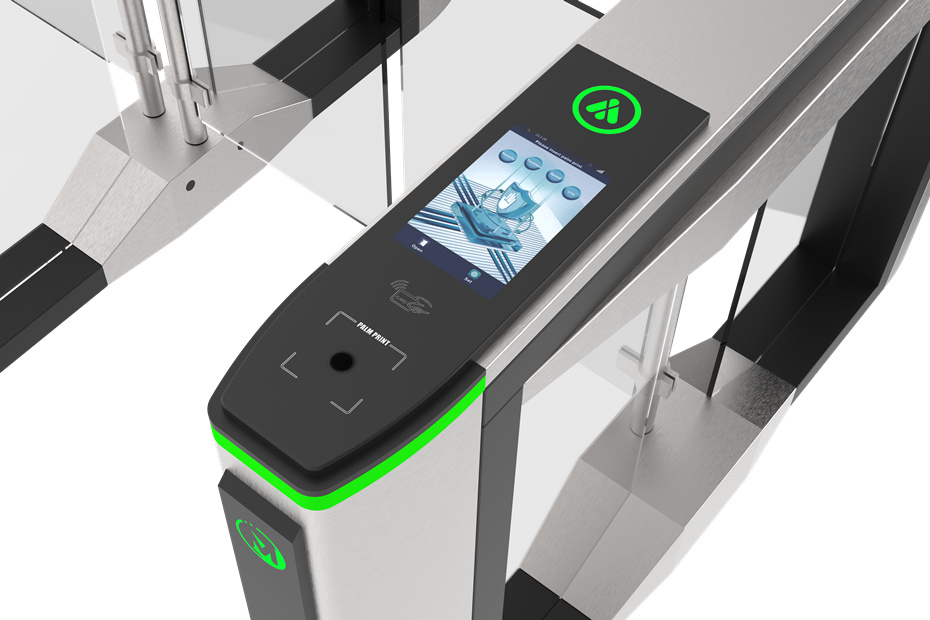
Advantages of fingerprint turnstile
The fingerprint turnstile replaces the traditional key with fingers. When in use, you only need to place your fingers flat on the acquisition window of the fingerprint acquisition instrument to complete the unlocking task. The operation is very simple, avoiding the disadvantages that other access control systems (traditional mechanical lock, password lock, identification card, etc.) may be forged, embezzled, forgotten, decoded, and so on.
The advantages of fingerprint biometric turnstiles in access control management are numerous, and they stem from the unique characteristics and reliability of fingerprint identification technology.
Security:
Unique Fingerprint Identification: Fingerprint identification relies on the uniqueness of each individual’s fingerprints. This inherent uniqueness enhances the security of access control systems, as it is difficult to forge or replicate someone’s fingerprint.
Accuracy:
Biometric authentication, especially fingerprint scanning, is known for its high accuracy. The stability and reliability of the technology contribute to its effectiveness in various environments.
Integration:
With the widespread use of IP network technology, fingerprint turnstiles can be integrated into larger security systems seamlessly. Integration with access control, alarm systems, and video monitoring allows for comprehensive security solutions.
Unique Biometric Feature:
Fingerprint patterns are unique to each individual, providing a high level of accuracy for identification. The complexity of fingerprints ensures distinctive features for reliable recognition.
Fixed and Difficult to Change:
Each person’s fingerprints remain relatively fixed and stable over time. Unlike some biometric features that may change, such as facial features, fingerprints are less susceptible to alterations.
Ease of Sample Acquisition:
Obtaining fingerprint samples is a straightforward process. It is easy to collect fingerprint data for the development of identification systems, making the technology practical and widely applicable.
Efficient System Storage:
Fingerprint templates, which represent the unique features of fingerprints, require significantly less storage space than storing actual fingerprint images. This efficiency in data storage is advantageous for system performance.
High Reliability and Non-Invasiveness:
Fingerprint identification technology is known for its high reliability. The non-invasive nature of fingerprint scanning, which involves a simple touch, makes it user-friendly and widely accepted.
Cost-Effective Solution:
Fingerprint identification is considered a cost-effective biometric technology solution. The ease of implementation, reliability, and practicality contribute to its widespread use in access control systems.
Fast and Easy to Use:
Fingerprint turnstiles offer quick and easy access. Users can complete the identification process rapidly by placing their fingers on the acquisition window, improving overall system efficiency.
In summary, fingerprint turnstiles leverage the strengths of fingerprint identification technology to provide a secure, reliable, and user-friendly solution for access control management. The combination of uniqueness, ease of acquisition, and practical implementation makes fingerprint identification a preferred choice in various applications.
Disadvantages of fingerprint turnstile
The fingerprint biometric method is to identify the biometrics of passing people, and its reliability is relatively high. Compared with RFID card/QR code identification, it saves the trouble of carrying these external media. However fingerprints are easy to collect and are more likely to be camouflaged, so there are certain vulnerabilities. Moreover, the passage needs the active cooperation of pedestrians to verify.
Difficulty in Imaging Some Fingerprints:
Some individuals may have fingerprints that are difficult to image due to fewer discernible features. This can result in challenges during the fingerprint recognition process, potentially leading to errors or false negatives.
Concerns Related to Privacy:
Historical associations of fingerprinting with criminal records may cause privacy concerns for some individuals. There may be apprehensions about having fingerprints recorded, even though modern fingerprint identification systems store encrypted feature data rather than actual fingerprint images.
Fingerprint Marks Left on Acquisition Head:
Every time a fingerprint is used for authentication, residual fingerprint marks may be left on the acquisition head. These marks could potentially be exploited for fingerprint copying, raising concerns about the security of the biometric data.
It’s important to note that while these disadvantages exist, fingerprint identification technology remains widely accepted and employed due to its convenience, reliability, non-invasiveness, and cost-effectiveness. Advances in technology and improvements in fingerprint recognition systems continue to address some of these concerns, making fingerprint turnstiles a popular choice in various applications despite these drawbacks.
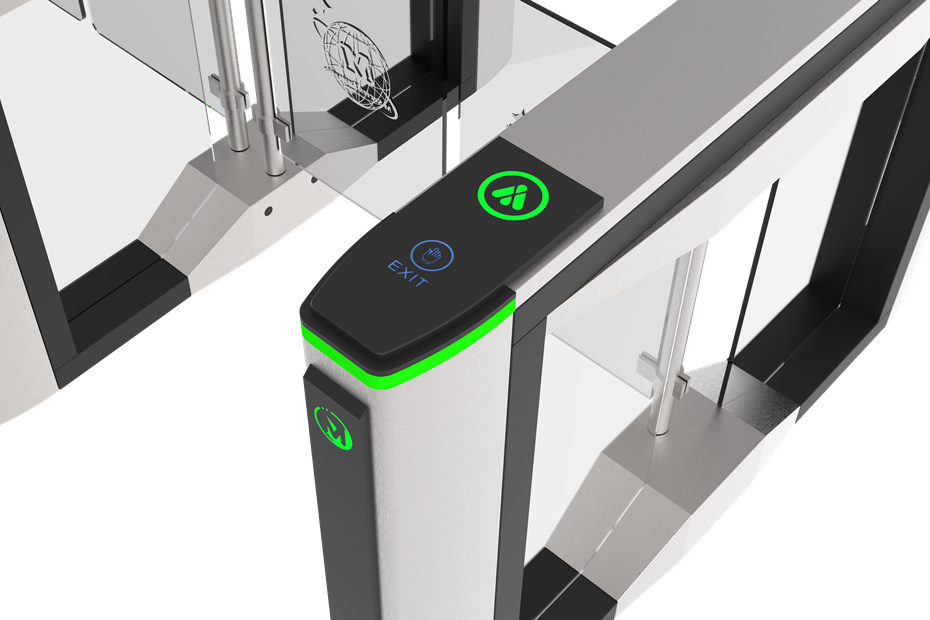
Principle of fingerprint turnstile
The operation principle of a fingerprint turnstile involves the following key steps:
Fingerprint Enrollment:
Users need to initially enroll their fingerprints into the system. During this process, the fingerprint scanner captures the unique features of the user’s fingerprint and creates a template or encrypted representation of these features.
Fingerprint Verification:
When a person approaches the fingerprint turnstile for access, they place their fingers on the fingerprint reading head. The scanner captures an image of the fingerprint and extracts its unique features. This extracted information is then compared with the stored templates in the system.
Template Matching:
The system performs a template-matching process, comparing the captured fingerprint features with the enrolled fingerprints in its database. This comparison is based on specific patterns, ridges, and minutiae points within the fingerprint.
Identity Confirmation:
If the captured fingerprint features match an enrolled template within an acceptable level of tolerance, the system confirms the identity of the person. This confirmation is crucial for granting access.
Signal Transmission to Turnstile:
Upon successful identification and confirmation, the integrated system sends a signal to the pedestrian turnstile gate, instructing it to open.
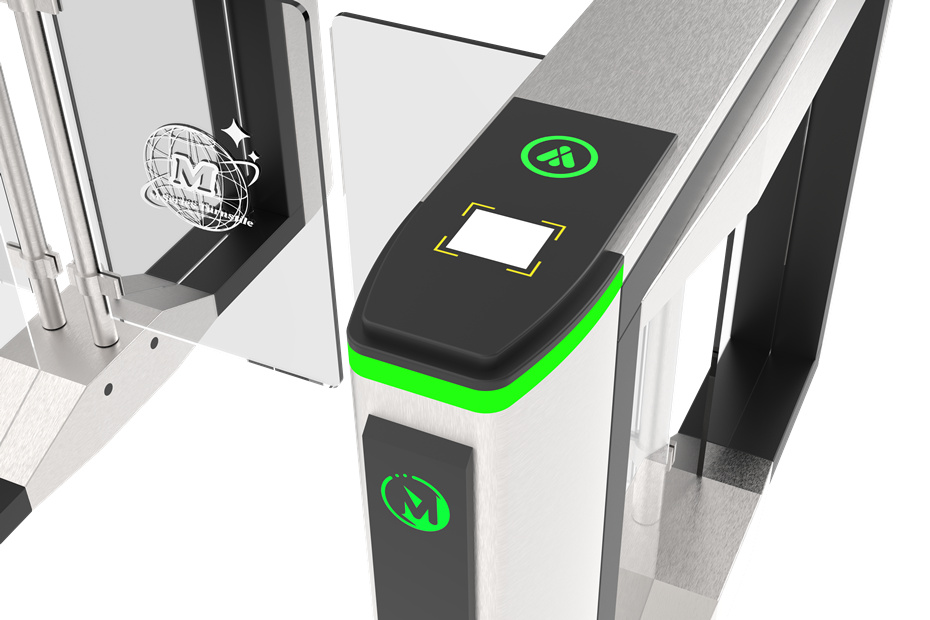
Access Granted:
With the signal received, the turnstile gate opens, allowing the identified individual to pass through. If the fingerprint does not match any stored templates or if the match is not within the acceptable tolerance, access will be denied.
The key components involved in this process include the fingerprint reading head (scanner), the microcomputer for processing and matching, and the integrated system that manages the access control functions. This integration of technologies provides a secure and efficient means of managing access to specific areas, making fingerprint turnstiles effective in enhancing security in various environments.

